Nissan is trialling an automotive paint designed to lower the ambient temperature inside vehicles during summer, ultimately reducing the energy demand on air-conditioning systems.
This paint, developed in collaboration with Radi-Cool, a leader in radiative cooling technology, features metamaterials – engineered composites with unique properties not found in nature.
This project is part of Nissan’s commitment to delivering cutting-edge innovations that enhance driving experiences and contribute to a cleaner, more sustainable future.
Testing
In November 2023, Nissan began a 12-month feasibility trial at Tokyo International Air Terminal, Haneda, in partnership with Japan Airport Terminal Co., Ltd., Radi-Cool Japan, and All Nippon Airways (ANA) airport services. The cool paint was applied to a Nissan NV100 service vehicle used by ANA at Haneda, an ideal location with its expansive, sun-exposed tarmac for testing the paint’s real-world performance.
Though still in the testing phase, early results are promising. When parked side by side under the sun, a vehicle treated with Nissan’s cool paint showed a reduction of up to 12 degrees Celsius in exterior surface temperature and up to 5 degrees Celsius cooler inside compared to a vehicle with traditional paint.
This cooling effect is particularly noticeable after prolonged exposure to sunlight. A cooler cabin not only enhances comfort upon entry but also reduces the need for air conditioning, which in turn lowers the load on the engine or, in the case of electric vehicles, conserves battery power. This translates to improved efficiency across powertrains while boosting occupant comfort.
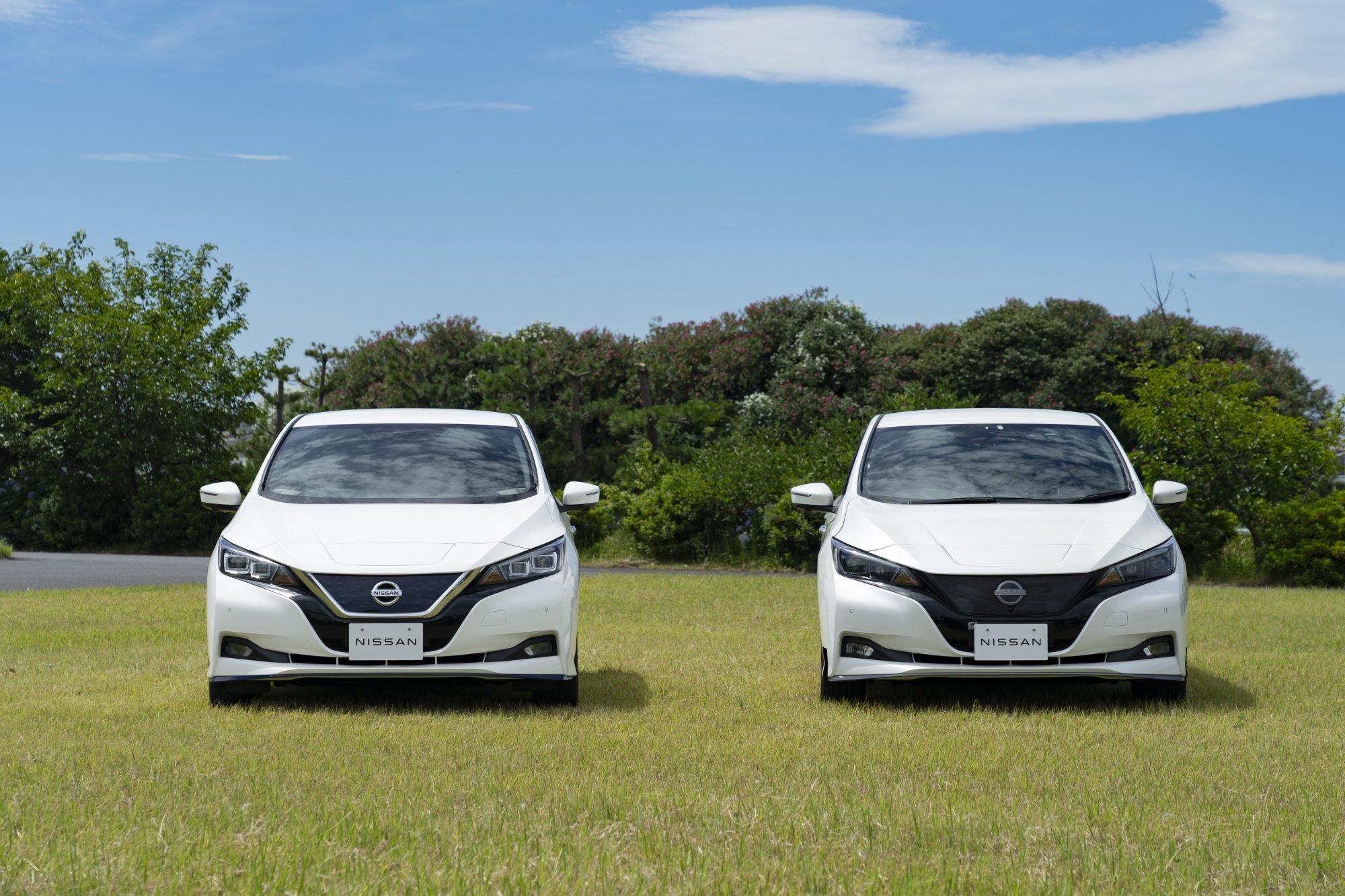
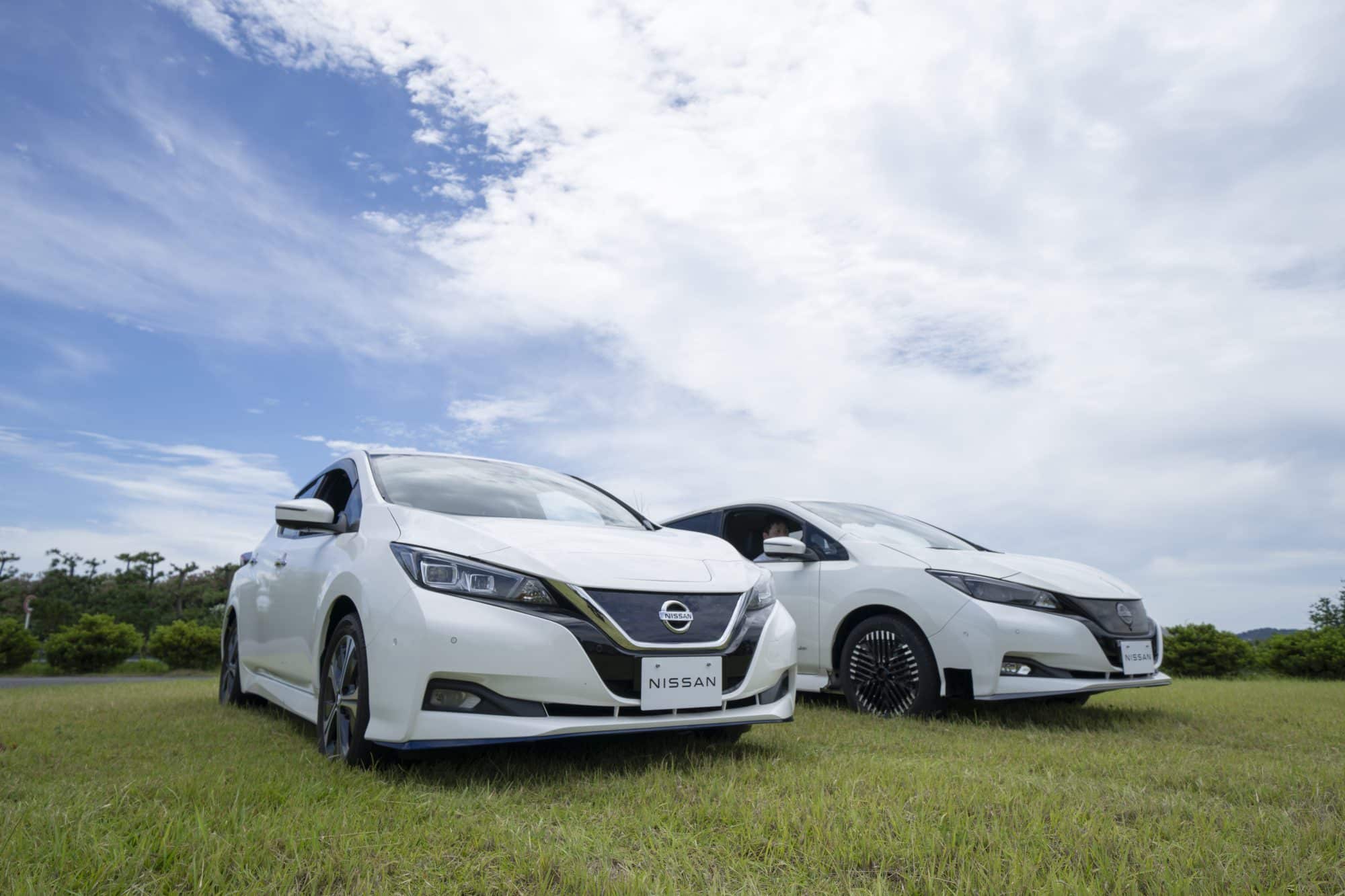
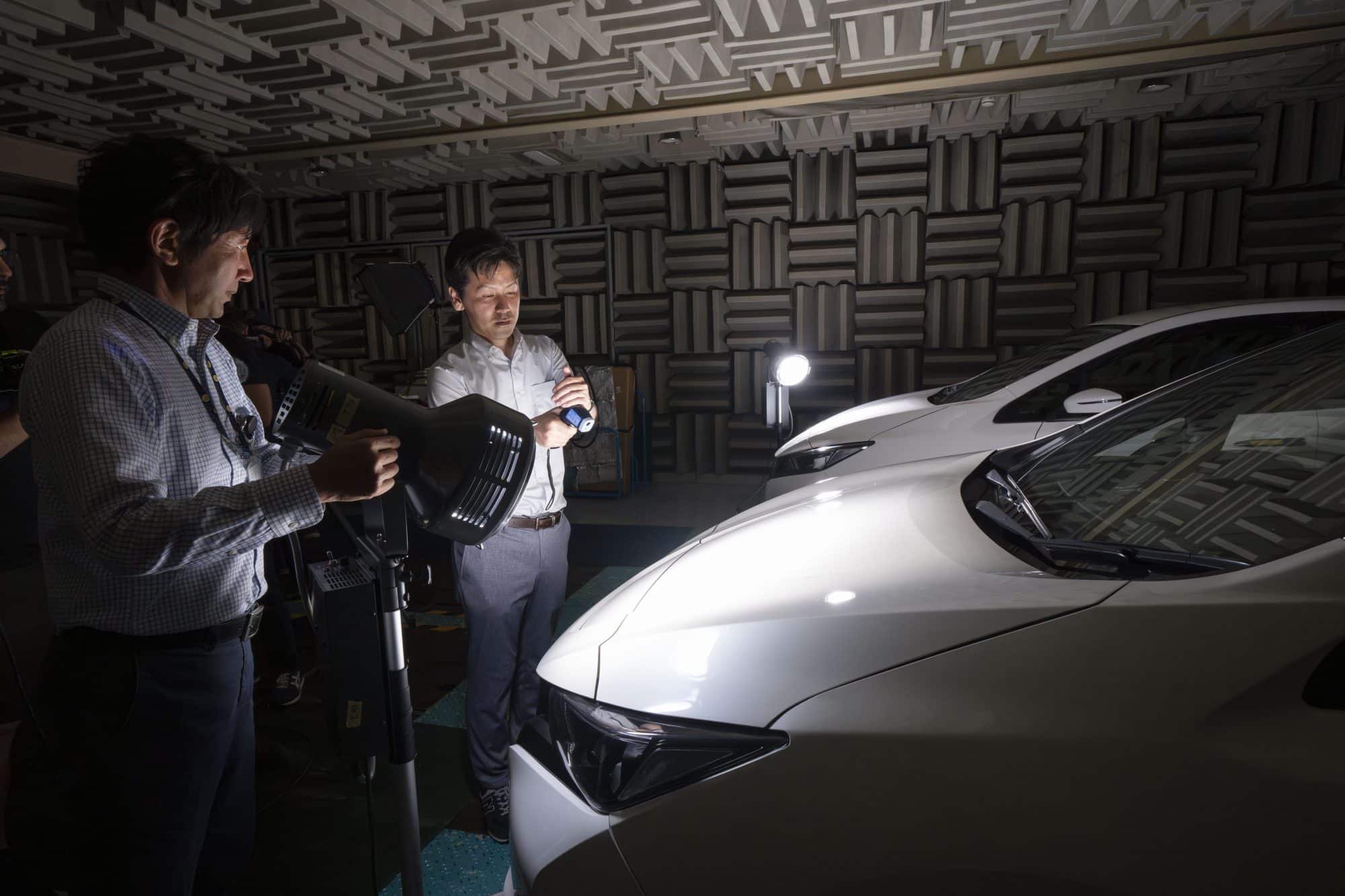

How It Works
The secret behind Nissan’s cool paint lies in its metamaterial, which has two microstructure particles that interact with light. The first particle reflects near-infrared rays, which typically cause heat build-up in conventional paints. The second particle provides a very impressive function – it generates electromagnetic waves that counteract and redirect the sun’s energy away from the vehicle, minimising heat transfer to surfaces like the roof, bonnet, and doors.
Leading this development is Dr. Susumu Miura, Senior Manager and expert at Nissan’s Advanced Materials and Processing Laboratory, part of the Nissan Research Centre. Known for his work on Nissan’s award-winning noise-reducing acoustic material, Dr. Miura has spent much of his career dedicated to making vehicles quieter, cooler, and more efficient.
He said “My dream is to create cooler cars without consuming energy. This is especially important in the EV era, where the load from running air-conditioning in summer can have a sizable impact on the state of charge.”
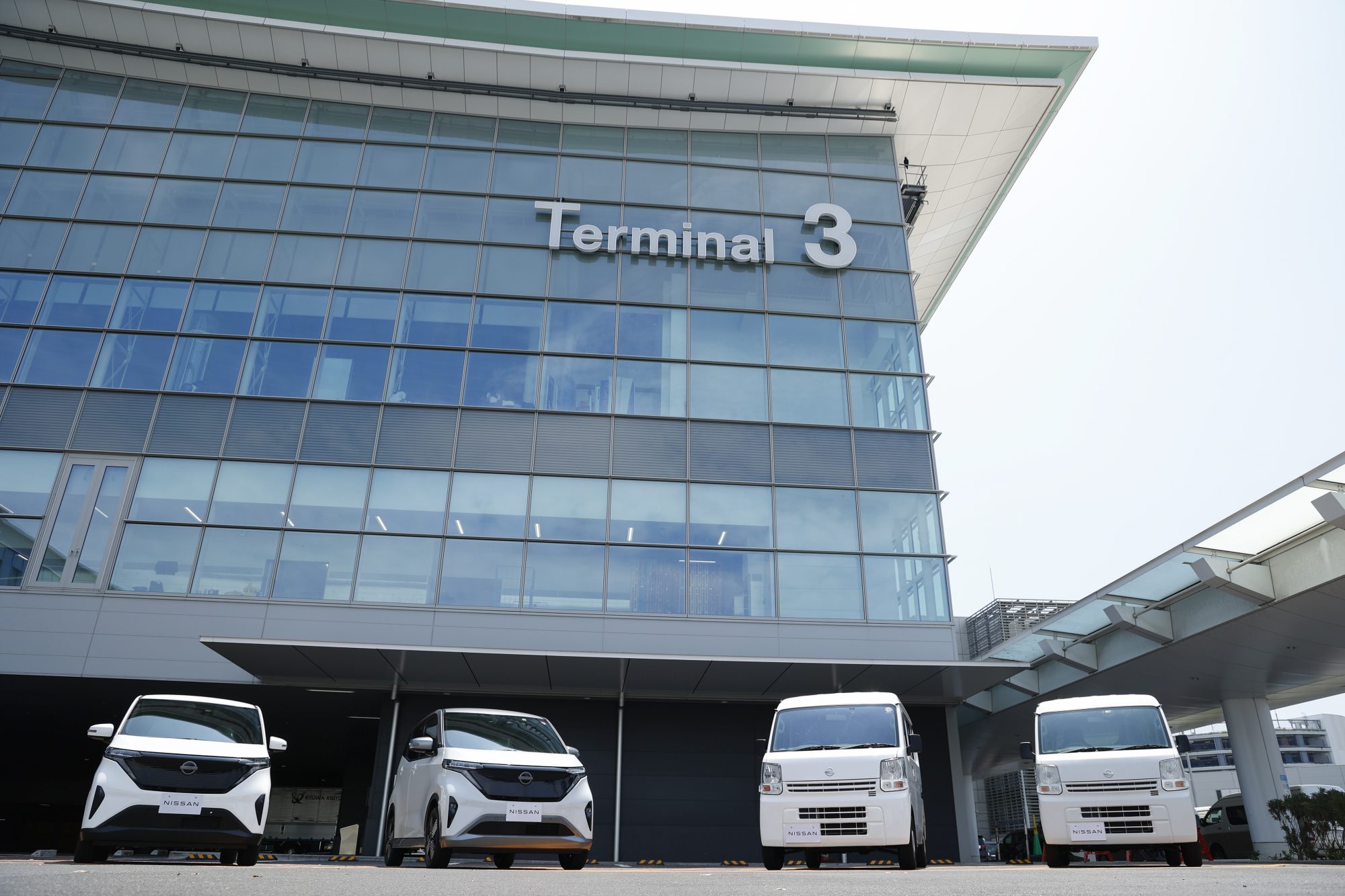
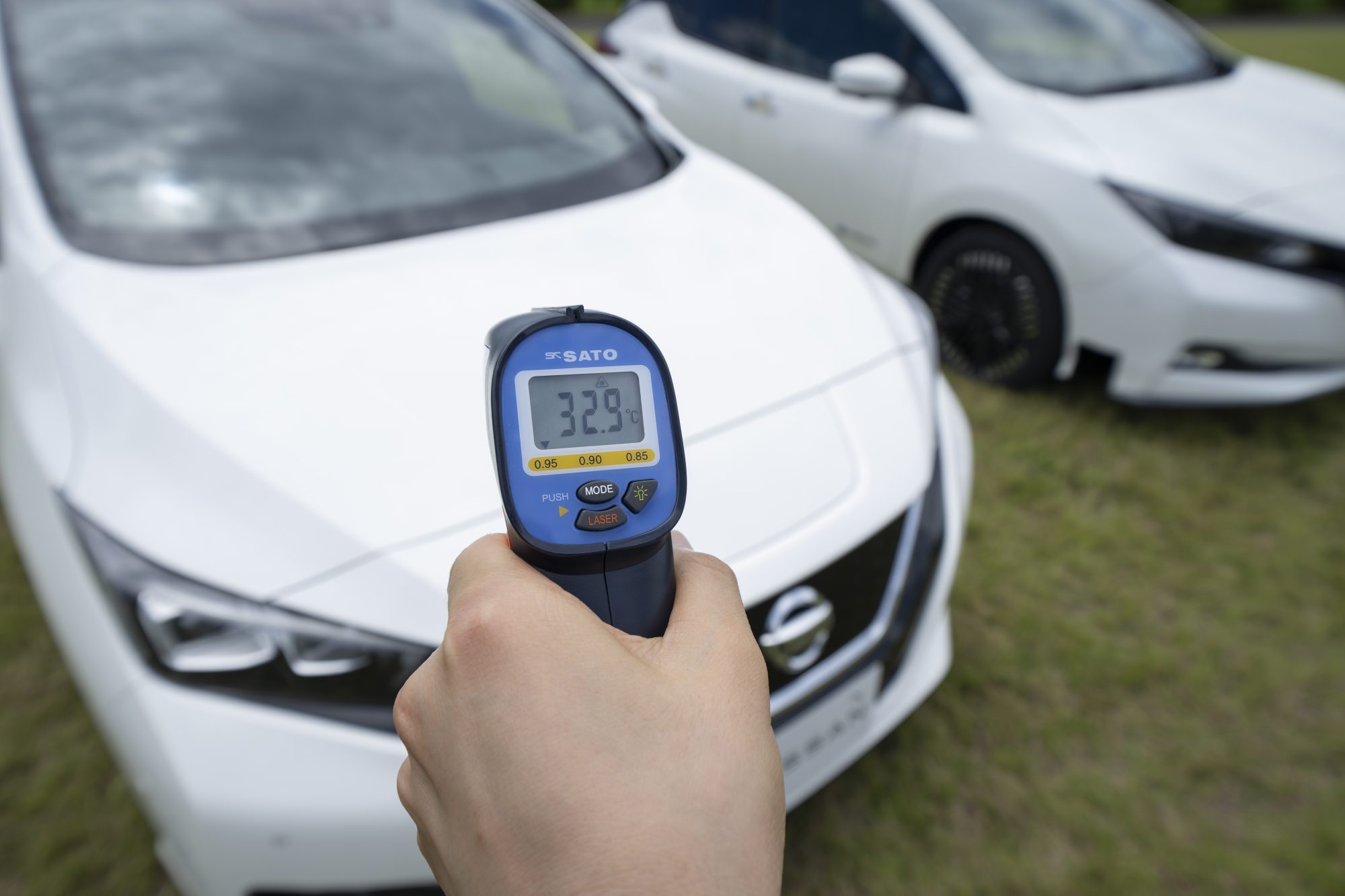
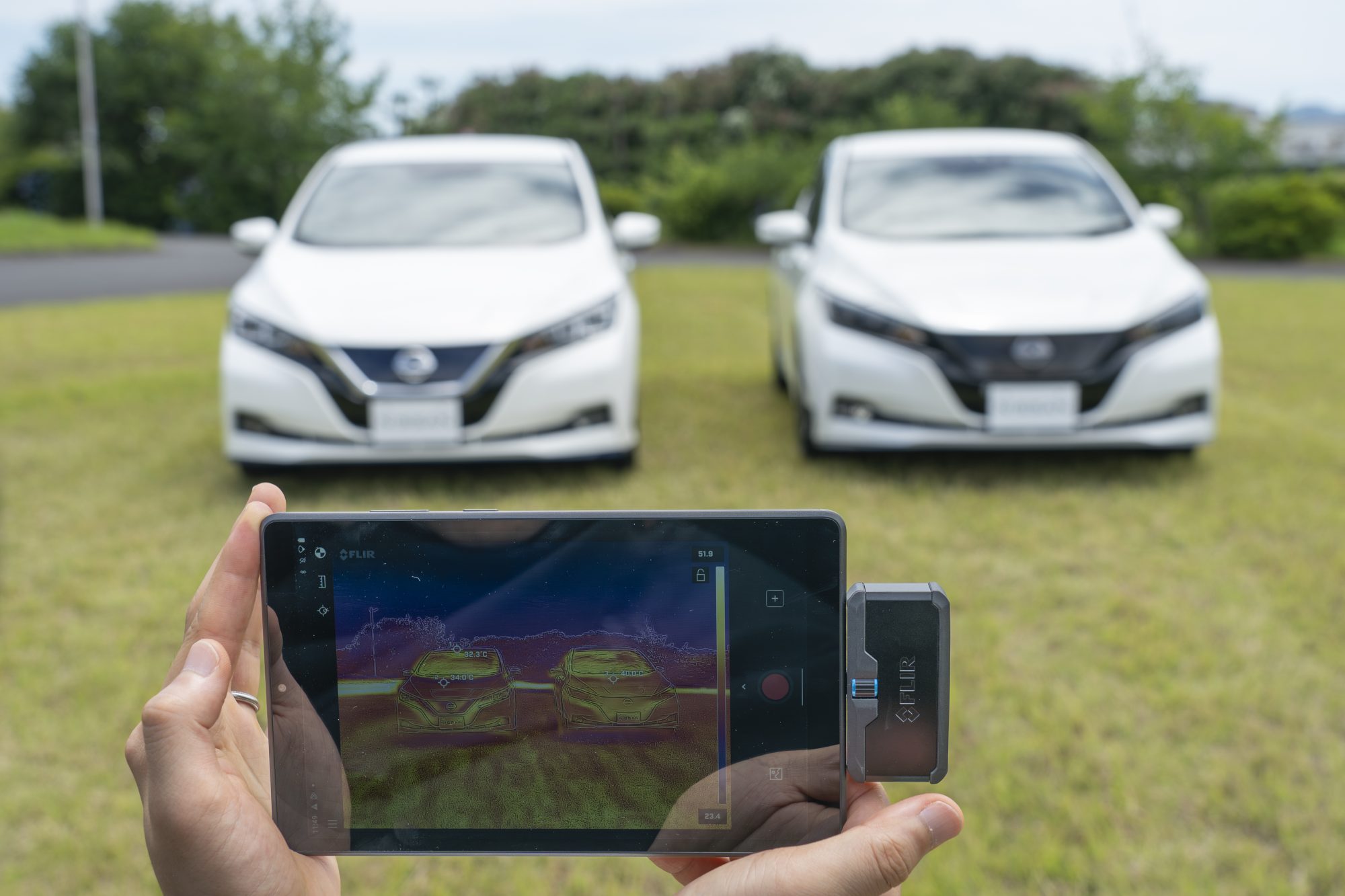

Improving Old Technology
While radiant cooling paint has been around for some time, it has primarily been used for buildings and large structures. Traditionally, this paint is quite thick, requiring application with a paint roller, and often lacks a clear topcoat, leaving a chalky residue when touched.
When developing an automotive version, Dr. Miura faced some pretty big challenges. He needed to ensure the paint could include a clear topcoat, be applied with a spray gun rather than a roller, and meet Nissan’s strict standards for paint quality.
Since the project began in 2021, Miura and his team have tested over 100 samples. Currently, they are working with a paint thickness of 120 microns, which is about six times thicker than conventional automotive paint. This thickness has been rigorously tested for resistance to salt, chipping, peeling, scratches, and chemical reactions, as well as for colour consistency and repairability. As development continues, the team is also exploring thinner options that could deliver the same cooling benefits.
Although testing and development are still underway, Miura and his team are hopeful that the paint can eventually be offered in various colours for special orders.
Miura sees considerable potential for this technology, especially for light commercial vehicles like vans, trucks, and ambulances that spend extensive time on the road.

Leave a Reply
You must be logged in to post a comment.